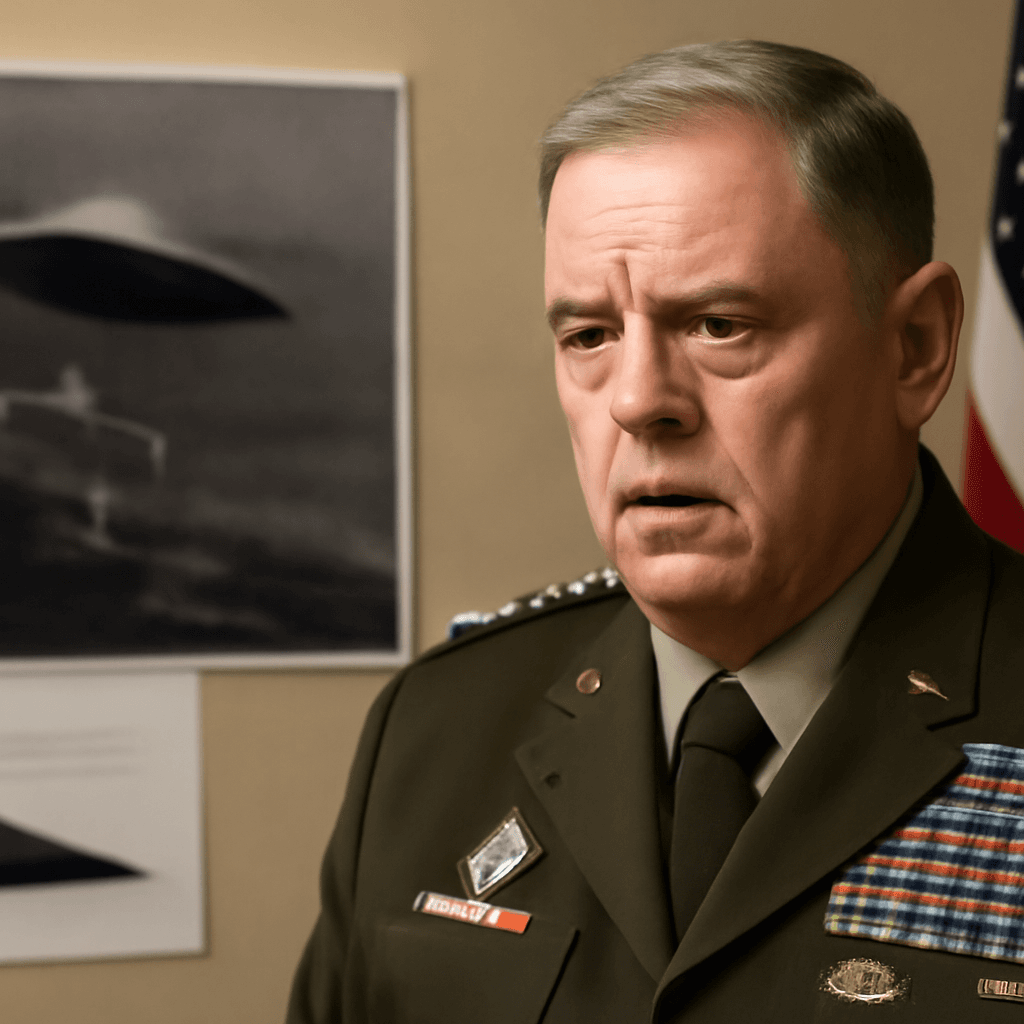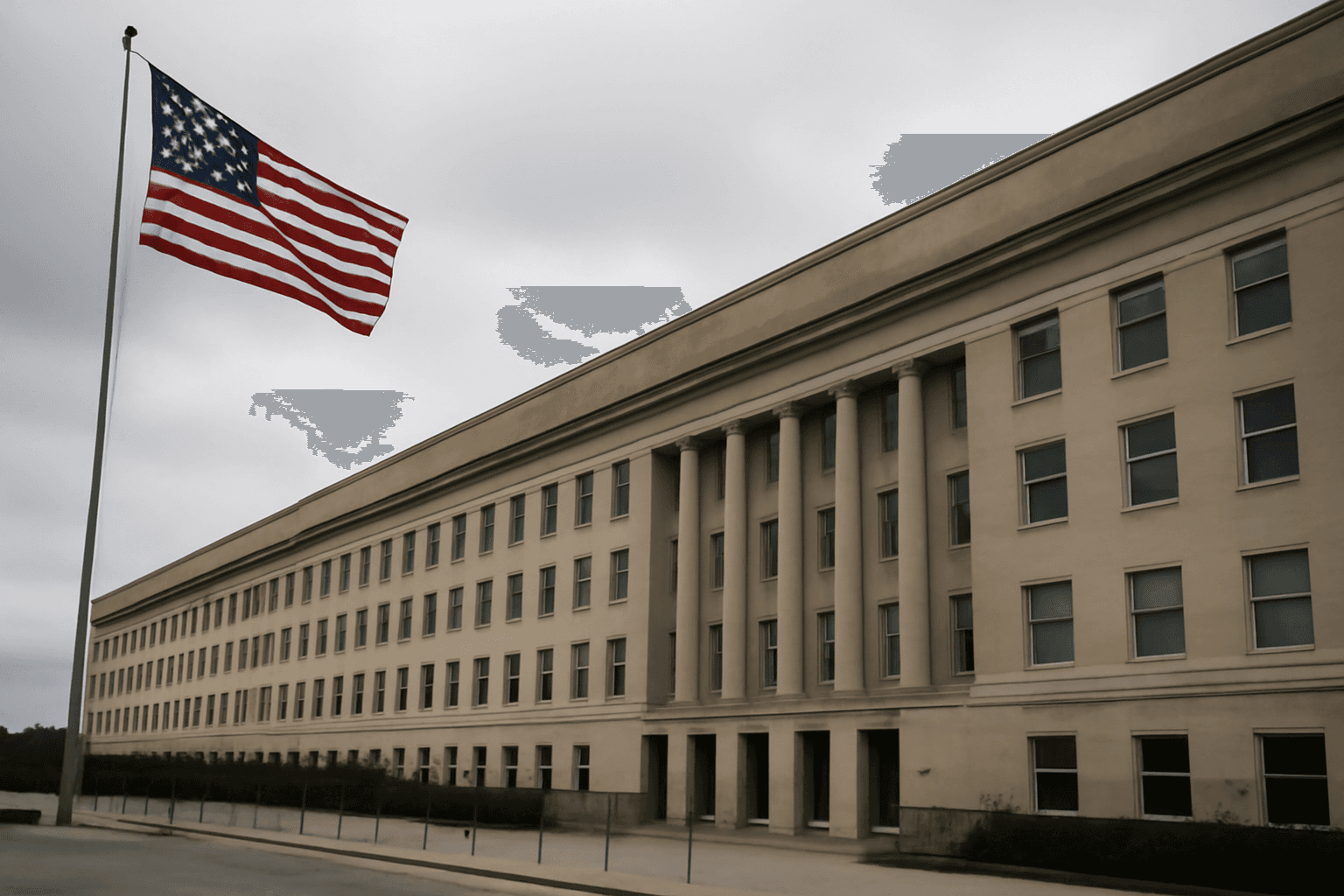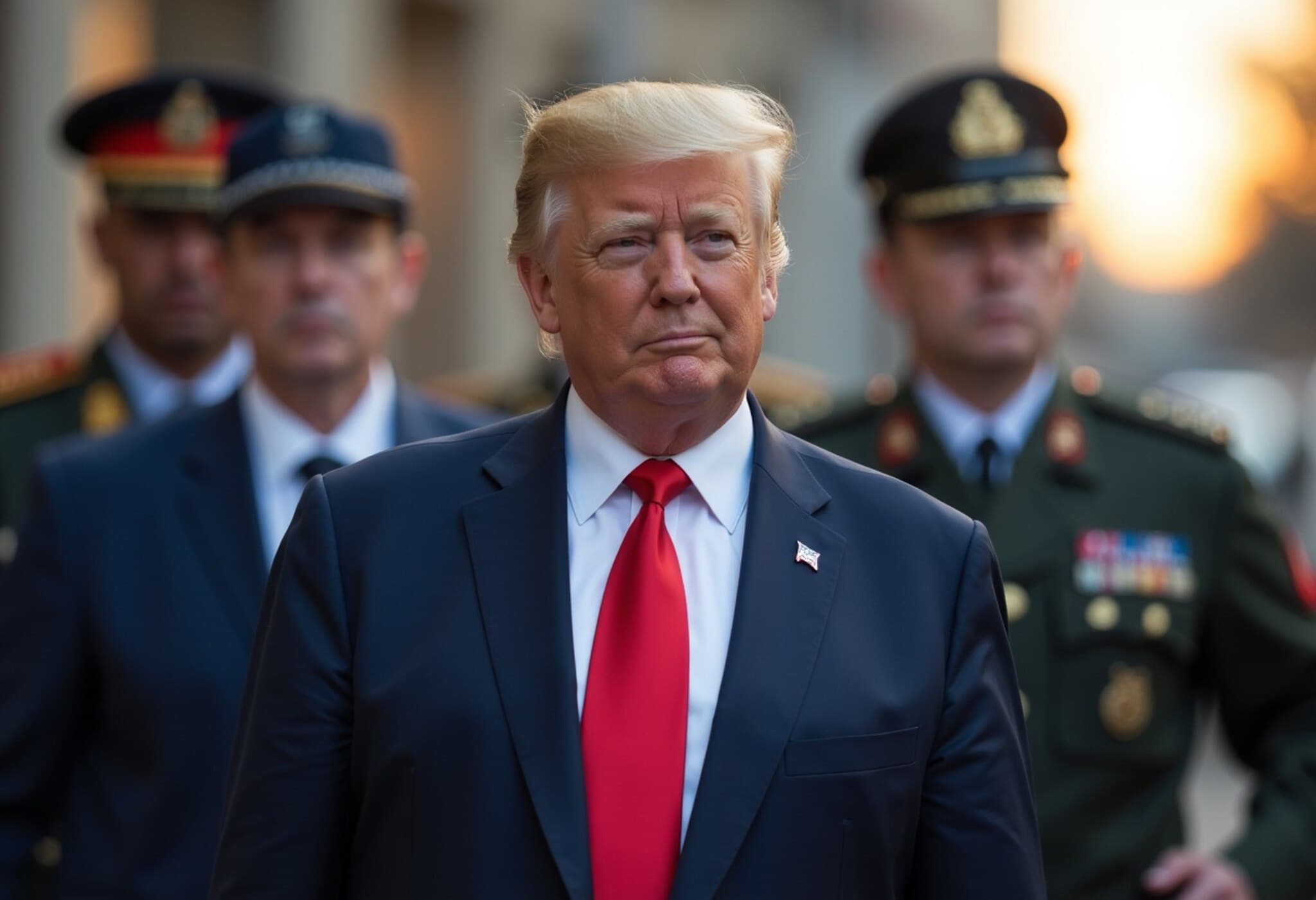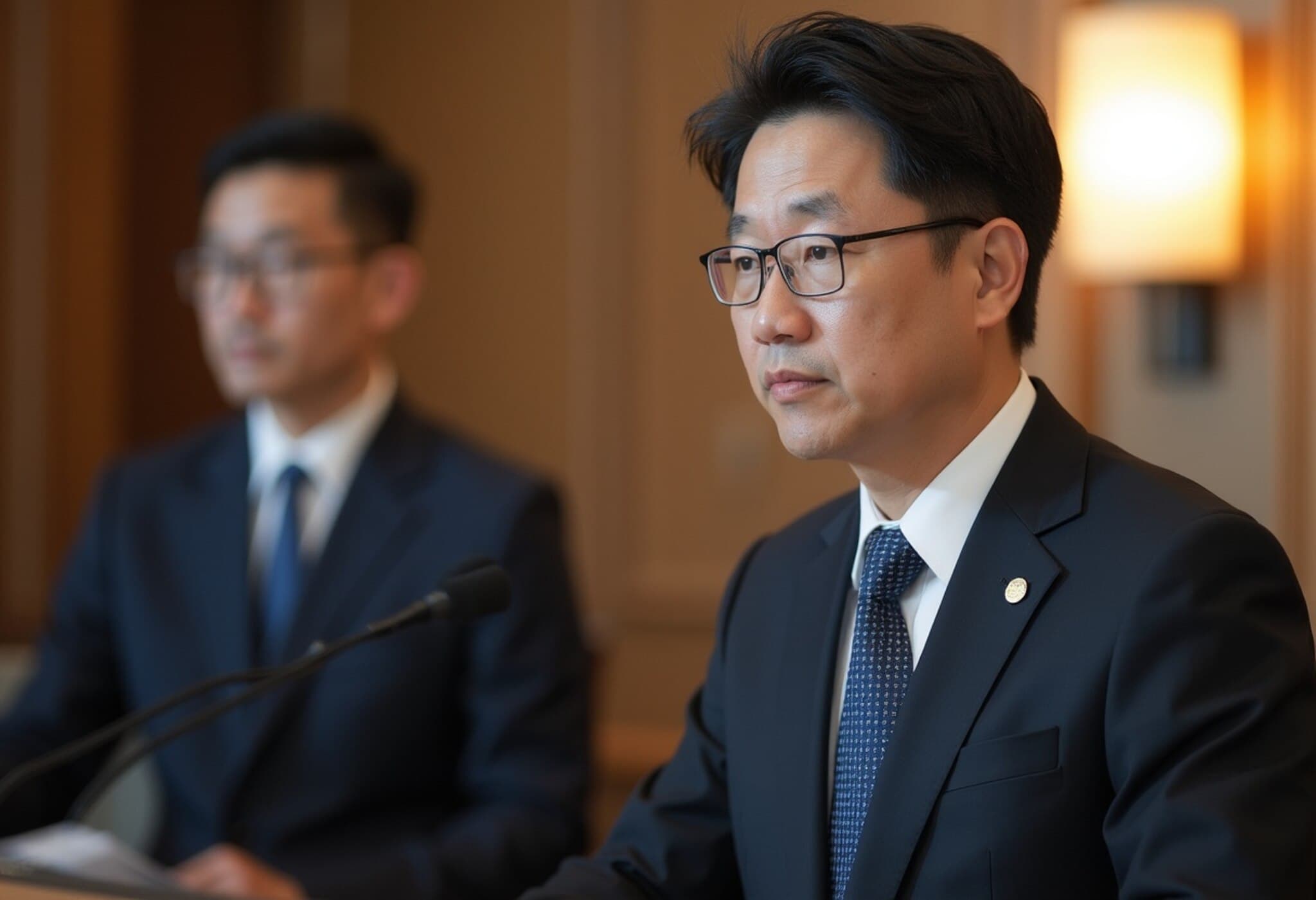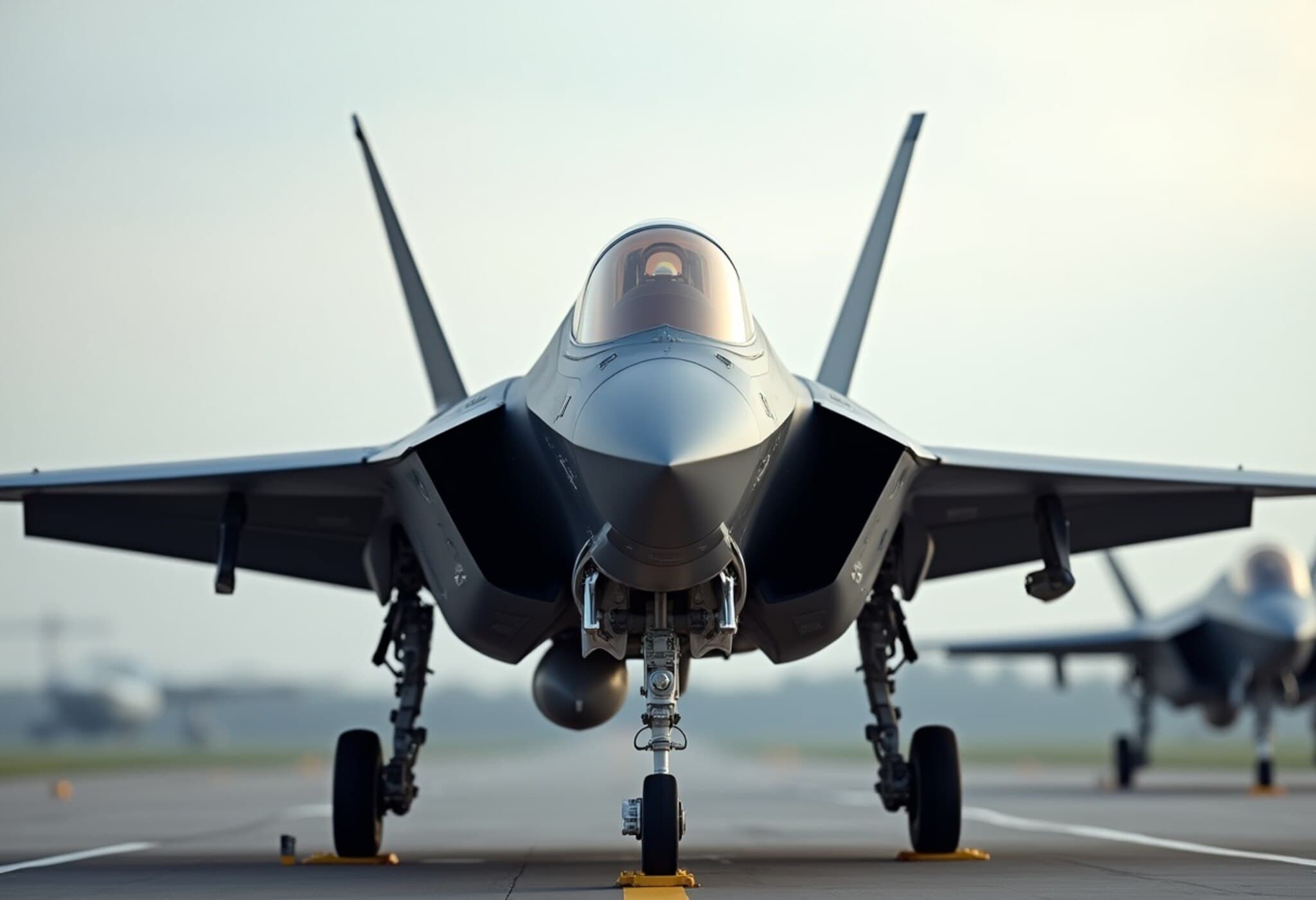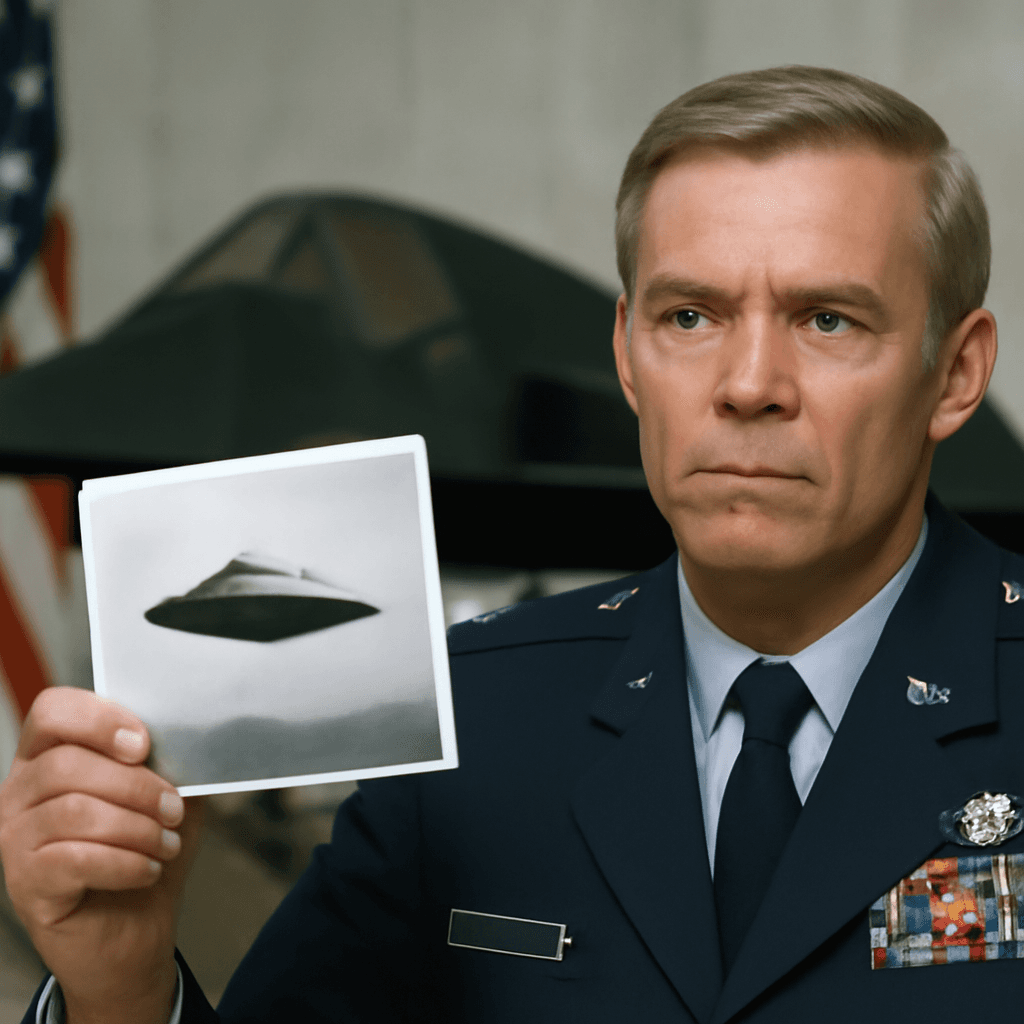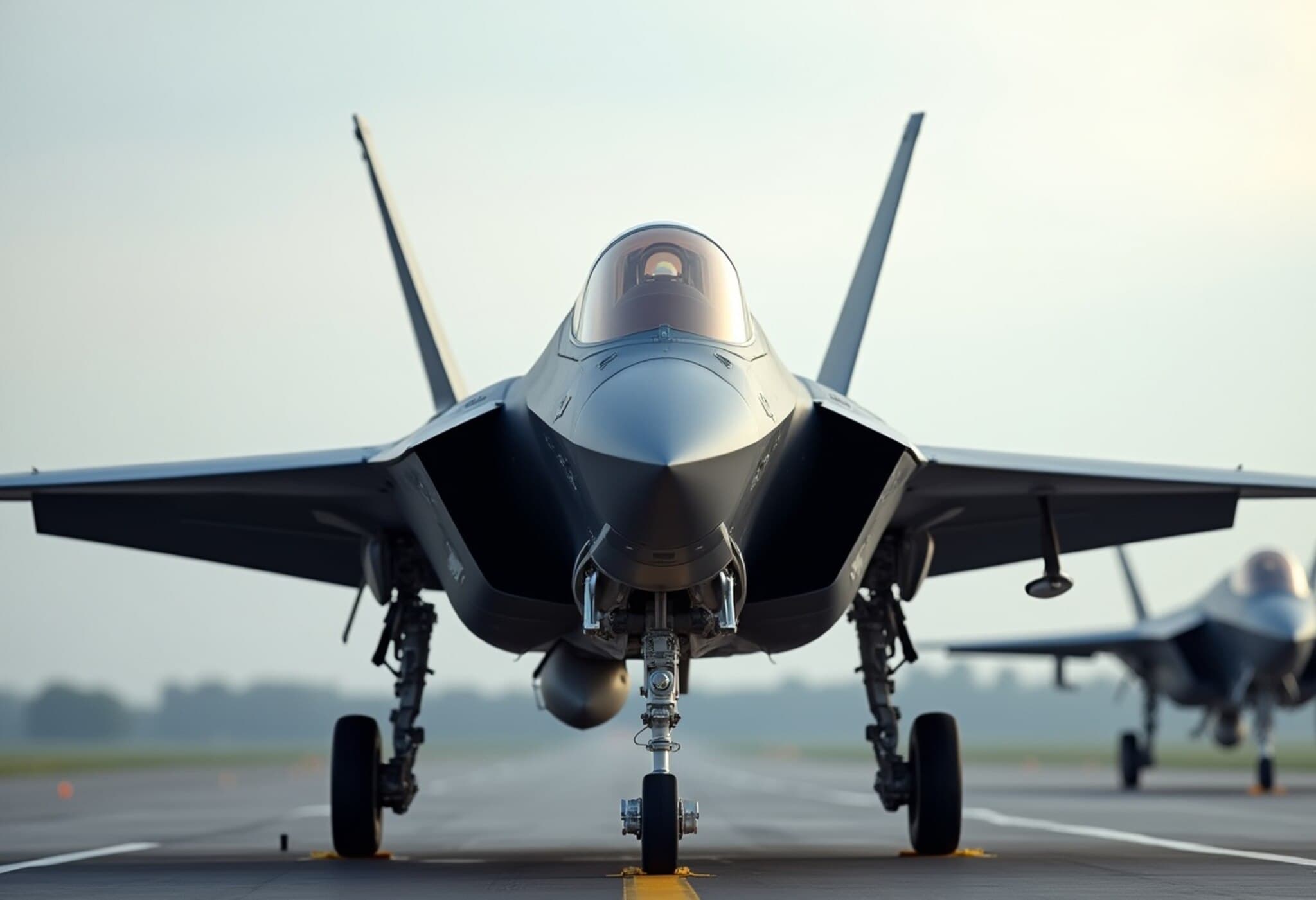Decades of Deception: How the US Military Used UFO Myths to Shield Top-Secret Programs
For years, the US military has deliberately obscured the truth behind unidentified flying objects, or UFOs, misleading not only the public but also its own personnel. Recent revelations expose how myths about alien encounters served as a smokescreen to cover highly classified military technology developments, including stealth aircraft programs.
The Origins of the UFO Cover-Up
The US Department of Defense’s All-domain Anomaly Resolution Office (AARO) uncovered that decades of misinformation were strategically deployed to divert attention from covert projects. By fueling the lore of extraterrestrial spacecraft, the military could explain away sightings of experimental aircraft without revealing sensitive details.
One striking example comes from the 1980s near the notorious Area 51 base, where altered photographs of supposed flying saucers were planted in a local pub. This stunt birthed enduring tales of alien visitation, effectively masking the development of classified fighter jets within the facility. As a result, strange aerial objects seen in the area were immediately dismissed as UFO buzz rather than classified craft tests.
Misleading Even Its Own Officers
Perhaps more surprisingly, many military officers were intentionally kept in the dark or fed misinformation. Some were even led to believe they were part of alien-related projects and signed nondisclosure agreements based on those false premises. This internal deception further protected sensitive programs while deepening the mystique around UFOs.
Unintended Consequences: A Culture of Distrust
In one notable incident, a secret electromagnetic pulse test aimed at assessing nuclear missile installation security startled base personnel. Uninformed about the test, the stationed officers believed their site was under alien attack, sowing long-lasting mistrust toward the government’s handling of such information.
Why the UFO Narrative Persisted
The military’s cultivation of UFO myths has, paradoxically, blurred the line between fact and fiction. While UFOs have become a topic of intense public fascination, including congressional hearings and political debates, much of the sensationalism stems from carefully constructed government narratives designed to shield national security interests.
This approach also complicated the discourse around unidentified anomalous phenomena (UAPs), the modern term for UFOs, delaying transparency and fueling speculative theories.
Looking Ahead
As official channels acknowledge past misinformation, there’s growing pressure for clearer communication about UAPs and related military projects. Understanding this historical context is crucial for discerning genuine phenomena from strategic deception.
In sum, the deep-rooted UFO narrative is less about extraterrestrials and more about protecting military secrets — a stark reminder that sometimes the truth is stranger than fiction.

